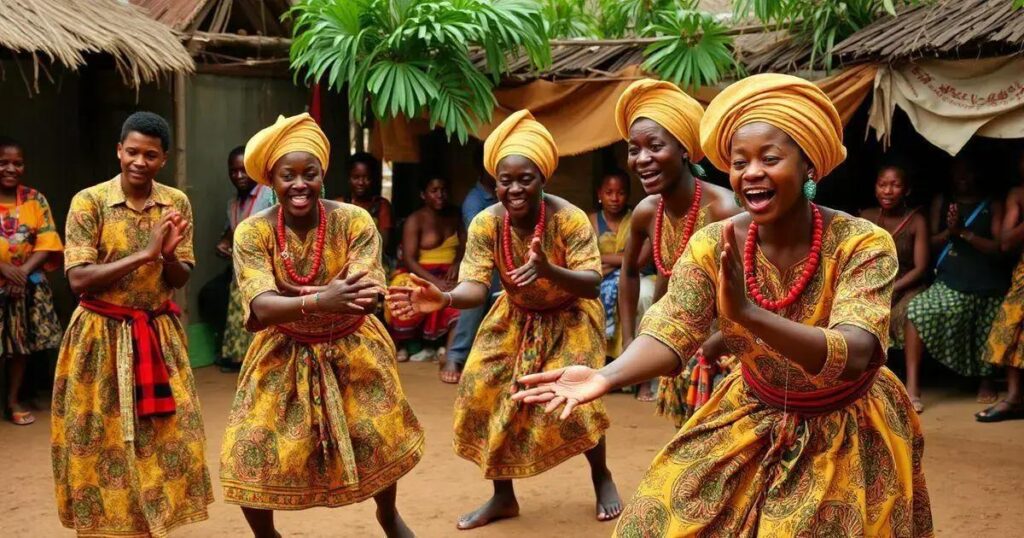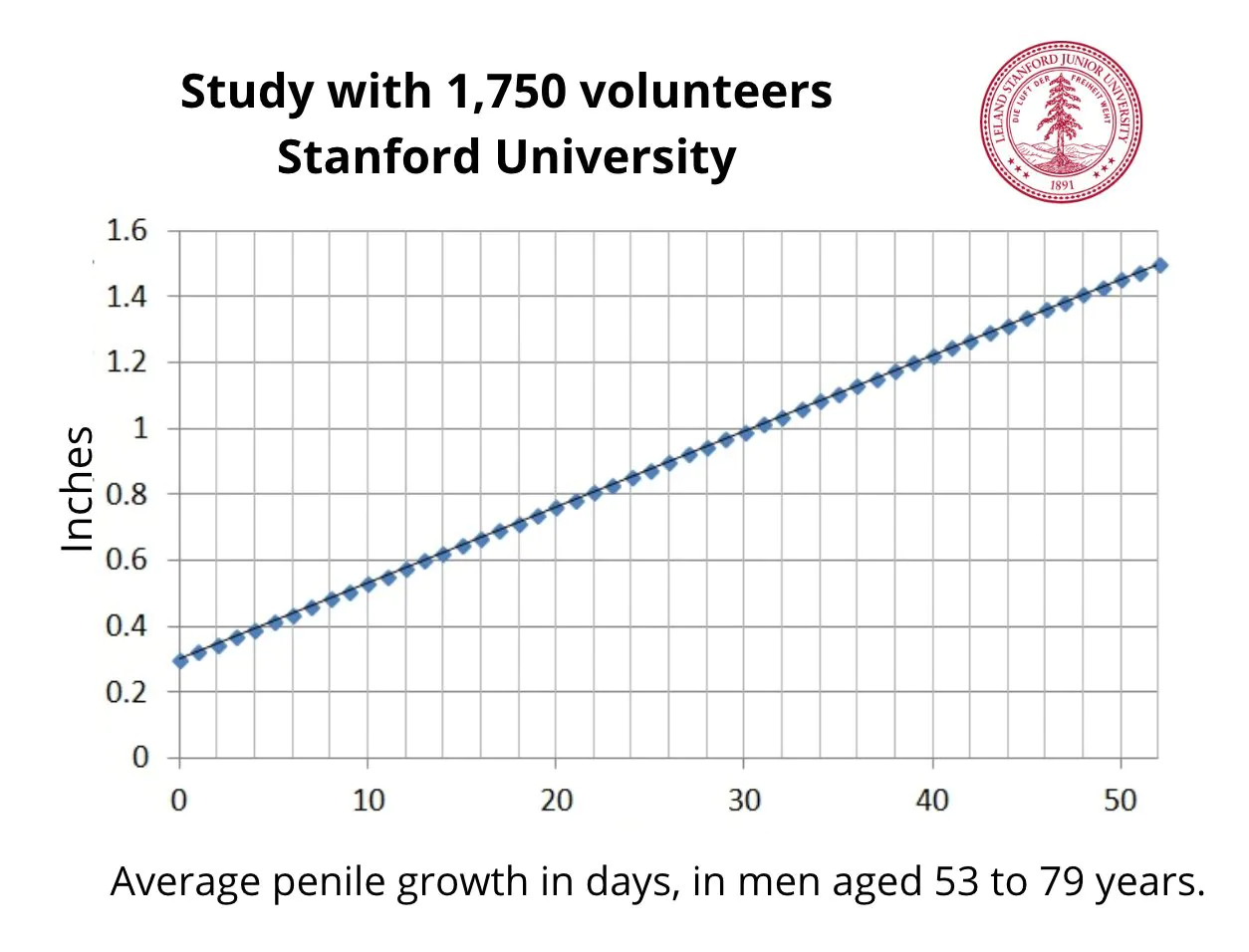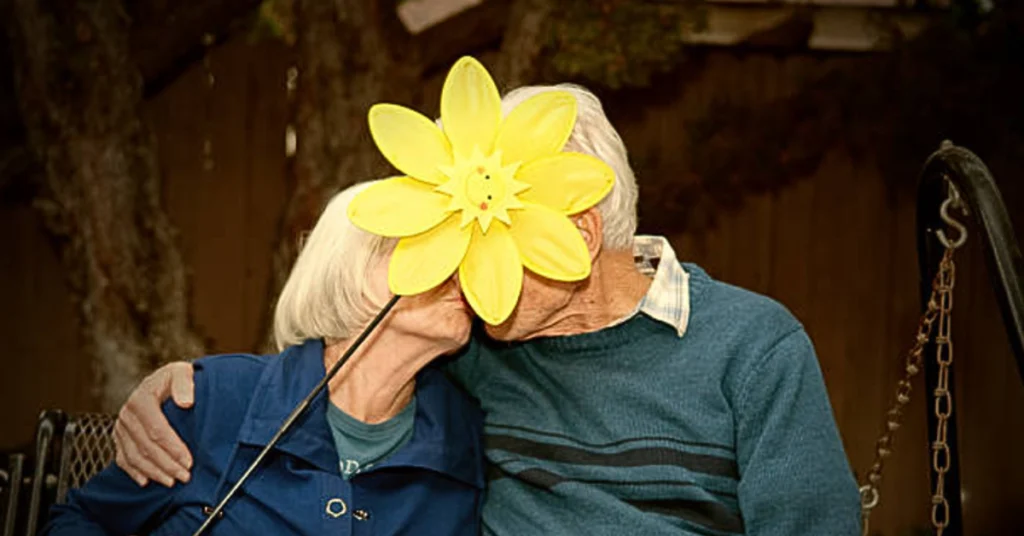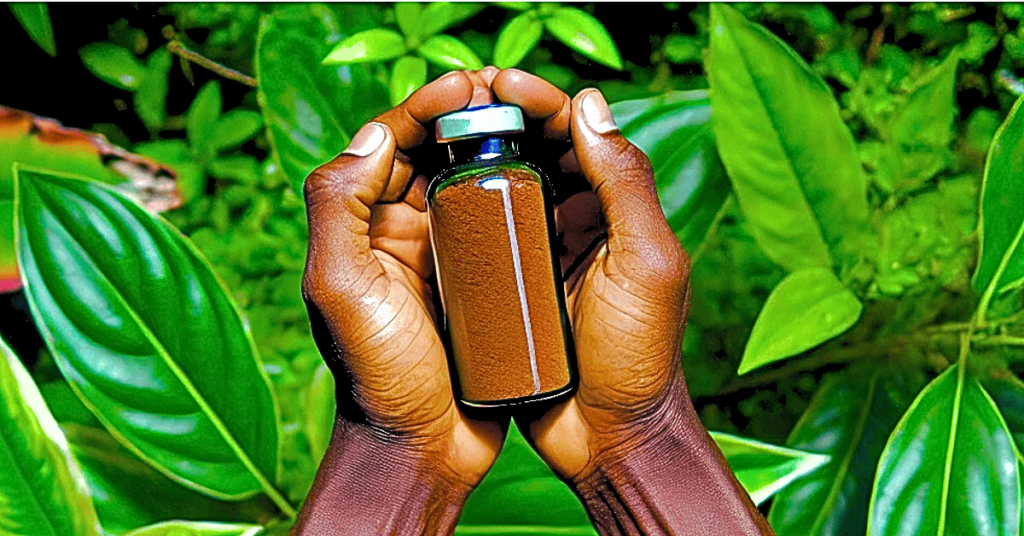The African Trick is an influential performance art that combines dance, music, and storytelling, rooted in cultural traditions. Its effectiveness lies in its rhythmic movements, improvisational techniques, and vibrant costumes, creating an engaging experience that preserves history and fosters community connection.
What makes the African Trick effective? This captivating performance technique holds deep cultural significance, showcasing the rich traditions of African arts. In this article, we will delve into the cultural context and explore the unique techniques that make this trick stand out in performances. Our journey will reveal how these elements contribute to the effectiveness of the African Trick, enriching audiences and preserving heritage.
Cultural Significance of the African Trick
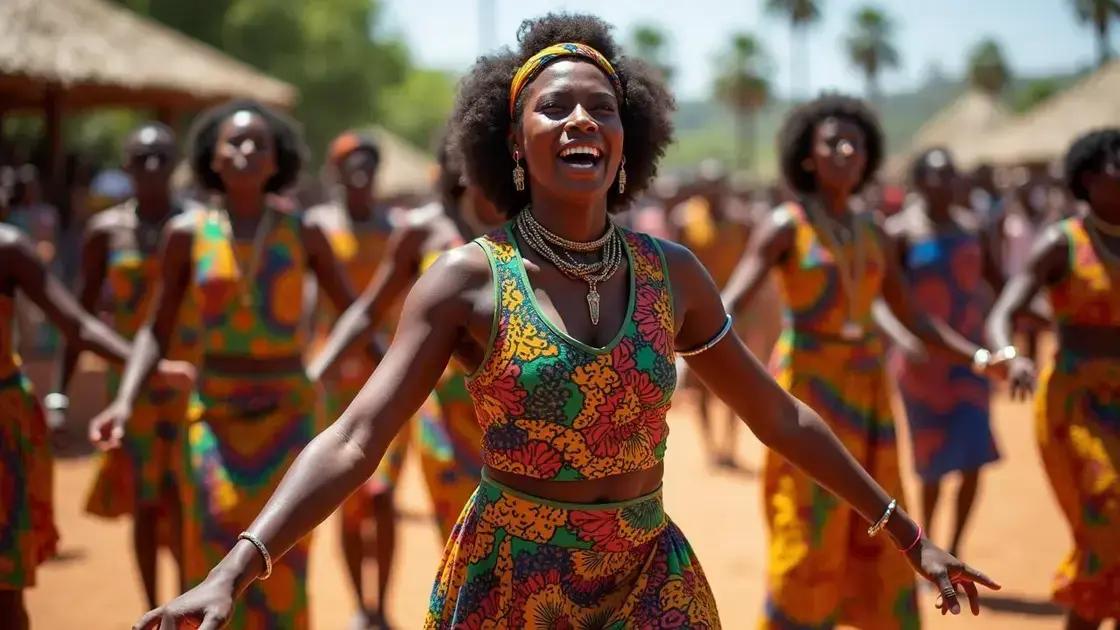
The African Trick is not just a performance; it embodies the rich history and vibrant culture of African traditions. Every movement and gesture tells a story, often drawing from ancient rituals and communal experiences. Through this art, performers connect with their ancestors, honoring their legacy and passing it on to future generations.
Importance of Oral Tradition
Oral tradition plays a crucial role in the African Trick, as it has been passed down through generations. This method of storytelling through performance not only preserves cultural history but also teaches moral lessons and values that are essential in African communities. The audience becomes a part of this experience, engaging with the stories and reflecting on their significance.
Community Connection
The African Trick serves to strengthen community bonds. Performances are often held during important social gatherings, such as weddings and festivals, allowing the community to come together in celebration. Through shared participation, the African Trick fosters unity, promoting social cohesion and cultural pride.
Symbolism in Performance
In many instances, the African Trick incorporates various symbols and motifs that represent specific cultural narratives. These symbols can vary from one region to another, reflecting the diversity within African cultures. By interpreting these symbols, audiences gain deeper insight into the beliefs and practices that shape the community’s identity.
Thus, the cultural significance of the African Trick goes beyond mere entertainment; it acts as a vital medium for expressing identity, preserving history, and building community, making it an effective performance art form.
Techniques Behind the African Trick
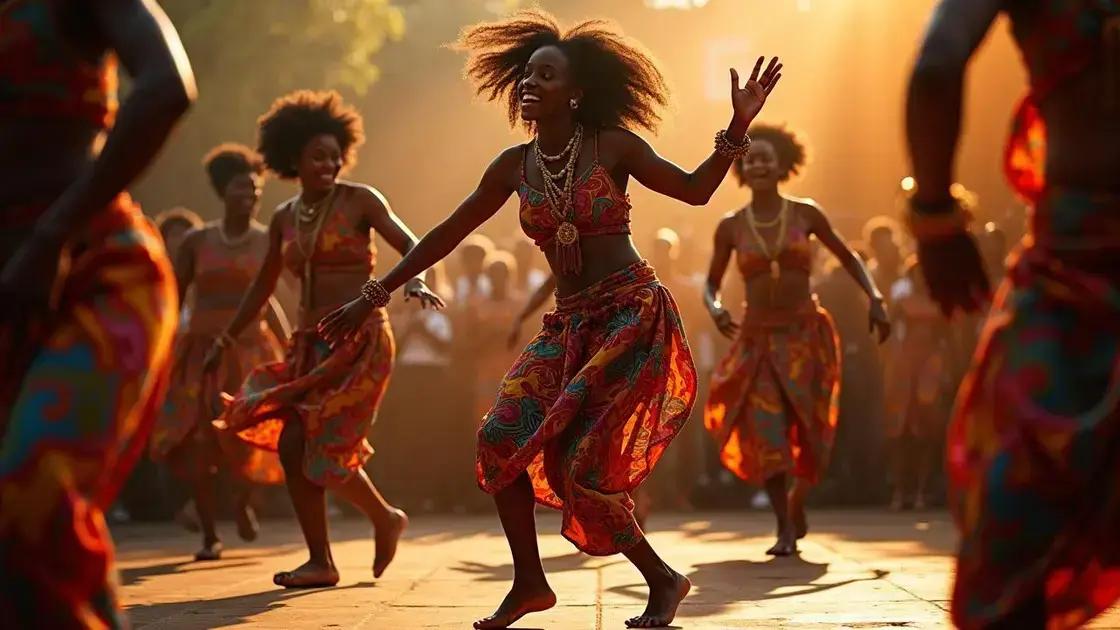
Techniques behind the African Trick are crucial for its effectiveness in performance arts. This art form often combines various elements such as music, dance, and storytelling, creating a multi-layered experience for the audience.
Movement and Rhythm
One of the primary elements of the African Trick is the use of rhythmic movements. Dancers perform energetic and dynamic motions that are timed with the accompanying music. The rhythm in African performance art is vital, as it connects the performer with the audience, ensuring that everyone is engaged in the experience. This syncopation of movement and music captures the spirit of the culture involved.
Choreography and Improvisation
Choreography in the African Trick is often a mix of planned sequences and improvisation. While some movements may be structured, performers are encouraged to express themselves freely within the framework of the choreography. This flexibility allows for creativity and a personal touch, making each performance unique and reflective of the performers’ emotions and connections to the cultural story being told.
Props and Costumes
The use of vibrant props and costumes enhances the visual appeal of the African Trick. Costumes are usually handmade and symbolize various cultural aspects. Props can include items like masks, sticks, or fabrics that aid in storytelling and add depth to the performance. They help create a richer narrative that captivates audiences and brings the cultural context to life.
In summary, the techniques behind the African Trick create an immersive experience that resonates with audiences. By combining movement, rhythm, choreography, and cultural elements, this performance art captivates and educates, making it a powerful form of expression.
The Power of the African Trick in Performance Arts
The African Trick stands as a remarkable expression of cultural identity, linking generations through storytelling and performance. Its rich history and significance in African traditions celebrate communal values and shared experiences.
The techniques employed in this art form—including rhythmic movement, improvisational choreography, and vibrant costumes—create captivating performances that not only entertain but also educate audiences about the culture they represent.
As performance art continues to evolve, the African Trick remains a powerful testament to the creativity and resilience of its communities, ensuring that these cultural narratives are preserved and appreciated for years to come.
FAQ – Frequently Asked Questions about the African Trick
What is the African Trick?
The African Trick is a performance art form that integrates dance, music, and storytelling, reflecting the cultural heritage of African communities.
Why is the cultural significance of the African Trick important?
It serves as a bridge between generations, preserving history and traditions while fostering a sense of community and shared experience.
What techniques are used in the African Trick?
Key techniques include rhythmic movements, improvisational choreography, and the use of vibrant props and costumes, which enhance the performance’s emotional impact.
How does the African Trick engage the audience?
The African Trick captivates audiences through its dynamic rhythms, storytelling, and cultural symbols, inviting them to connect with the performance on a personal level.
Can the African Trick be seen in modern performances?
Yes, the African Trick continues to evolve and is often incorporated into contemporary performances, blending traditional elements with modern artistic expression.
How can one learn about the African Trick?
Interested individuals can participate in workshops, take classes, or attend performances to experience and learn more about this vibrant art form.

